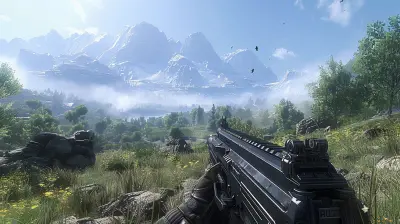Advanced Techniques for Commanding Armies in War Games
26 July 2025
Let’s face it: commanding armies in war games is no joke. It’s like a massive game of chess, but with explosions, tactics, and unpredictable opponents. Whether you’re new to the battlefield or a seasoned warrior looking to up your game, mastering advanced techniques can make a world of difference. This isn’t about just clicking buttons and hoping for the best—it’s about becoming the strategist your virtual soldiers need. Ready to level up your command skills? Let’s dive right in!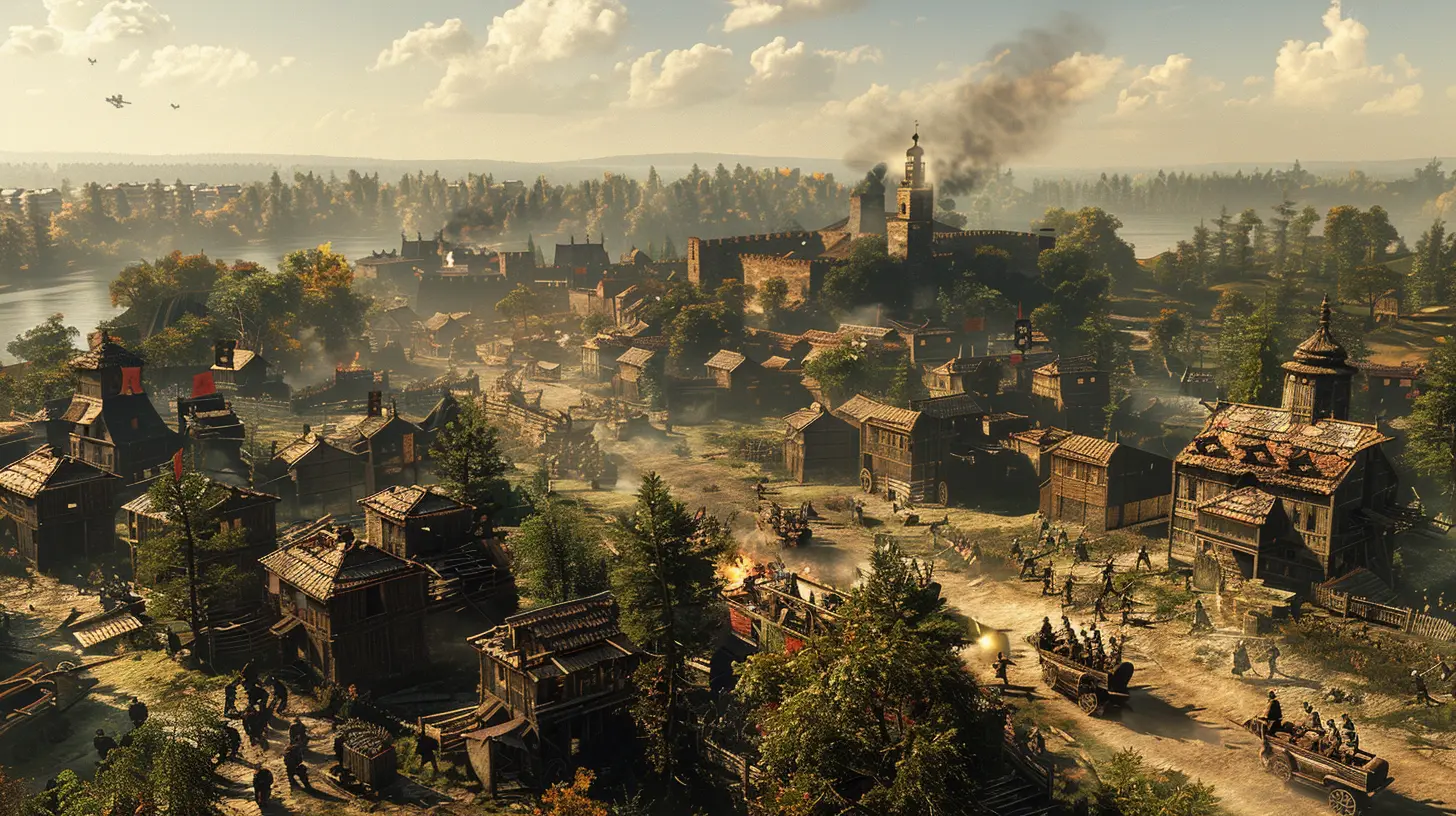
The Mindset of a Commander
Before we even get into the tactics and mechanics, let’s talk about something critical: your mindset. Commanding an army requires a fine balance of patience, adaptability, and confidence. Think of it like being the captain of a ship—you need to keep your cool, anticipate storms, and make decisions that will keep you afloat.Here’s the deal: in war games, hesitation can cost you dearly. However, rushing in without a plan is just as dangerous. The sweet spot lies somewhere in the middle. Be proactive, not reactive. Keep your eyes on the big picture while managing the small details.
- Pro Tip: Always play with the mindset of thinking two steps ahead. If you’re only reacting to your opponent’s moves, you’re already losing.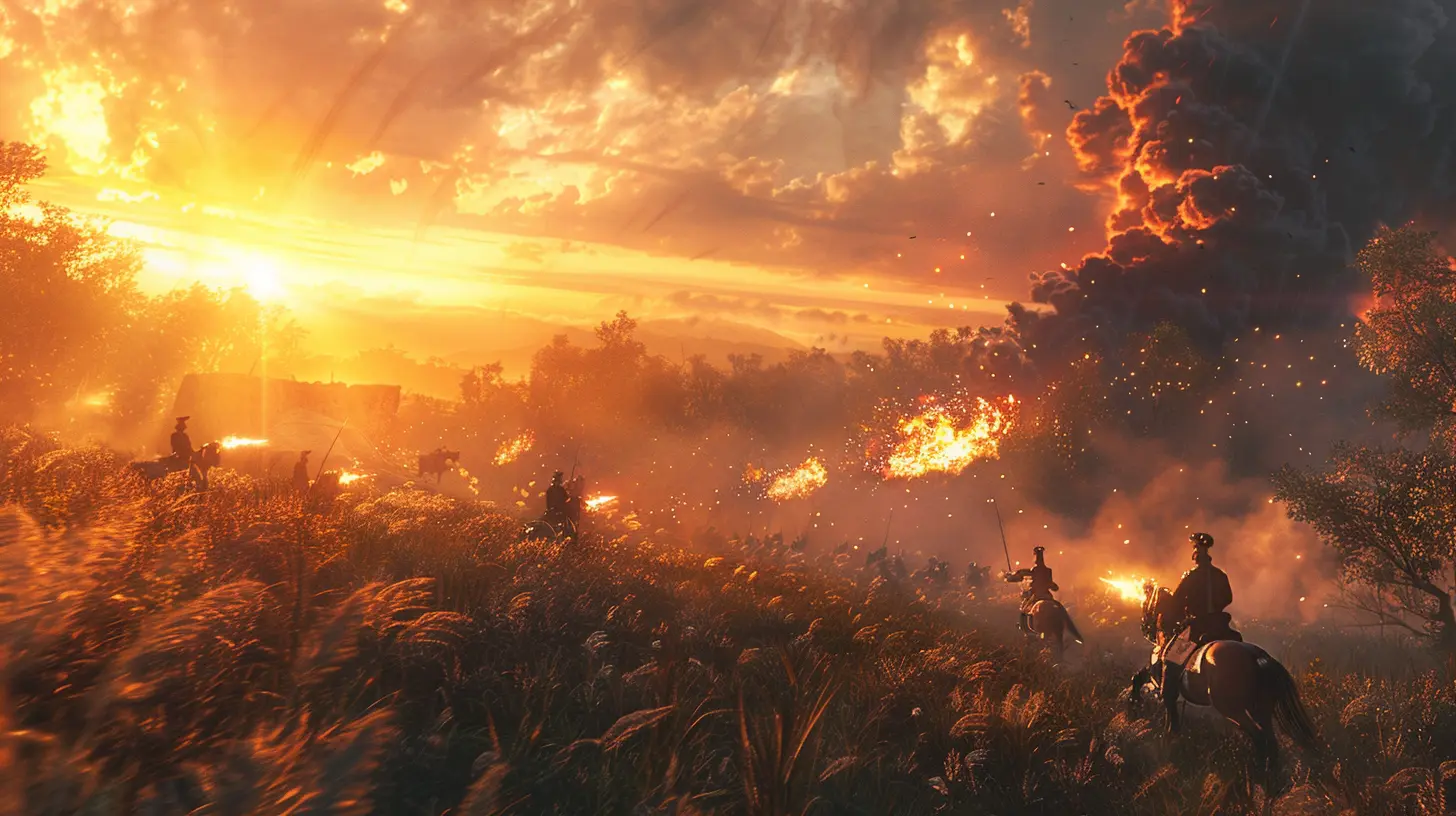
Know Your Army Inside and Out
Would you send a cavalry unit to deal with a sniper squad? Exactly. Each unit in your army has its strengths, weaknesses, and specific roles. Understanding how to utilize them effectively is the foundation of commanding like a pro.1. Unit Roles and Matchups
Every war game has its own variation of unit types—infantry, tanks, air units, artillery, etc. While the specifics may change, the principle remains the same: use the right tool for the job.- Infantry: Great for holding territory or capturing objectives, but vulnerable to heavy fire.
- Tanks/Armor: Powerful and durable, but slow and often weak against air or specialized anti-armor units.
- Air Units: Fast and deadly, but easy targets for anti-air defenses.
Ask yourself: what counters your enemy’s units? What’s your own army’s weak spot? Play to your strengths while exploiting your opponent’s vulnerabilities.
2. Know the Terrain
The battlefield isn’t just a pretty backdrop—it’s a weapon. High ground gives you a tactical advantage (and makes for a great ambush spot). Forests and buildings provide cover, while open fields leave your troops exposed. Utilize terrain to outsmart your opponent at every turn.- Think Like a Predator: Imagine you’re hunting prey. Where would you hide, and where is your enemy most vulnerable?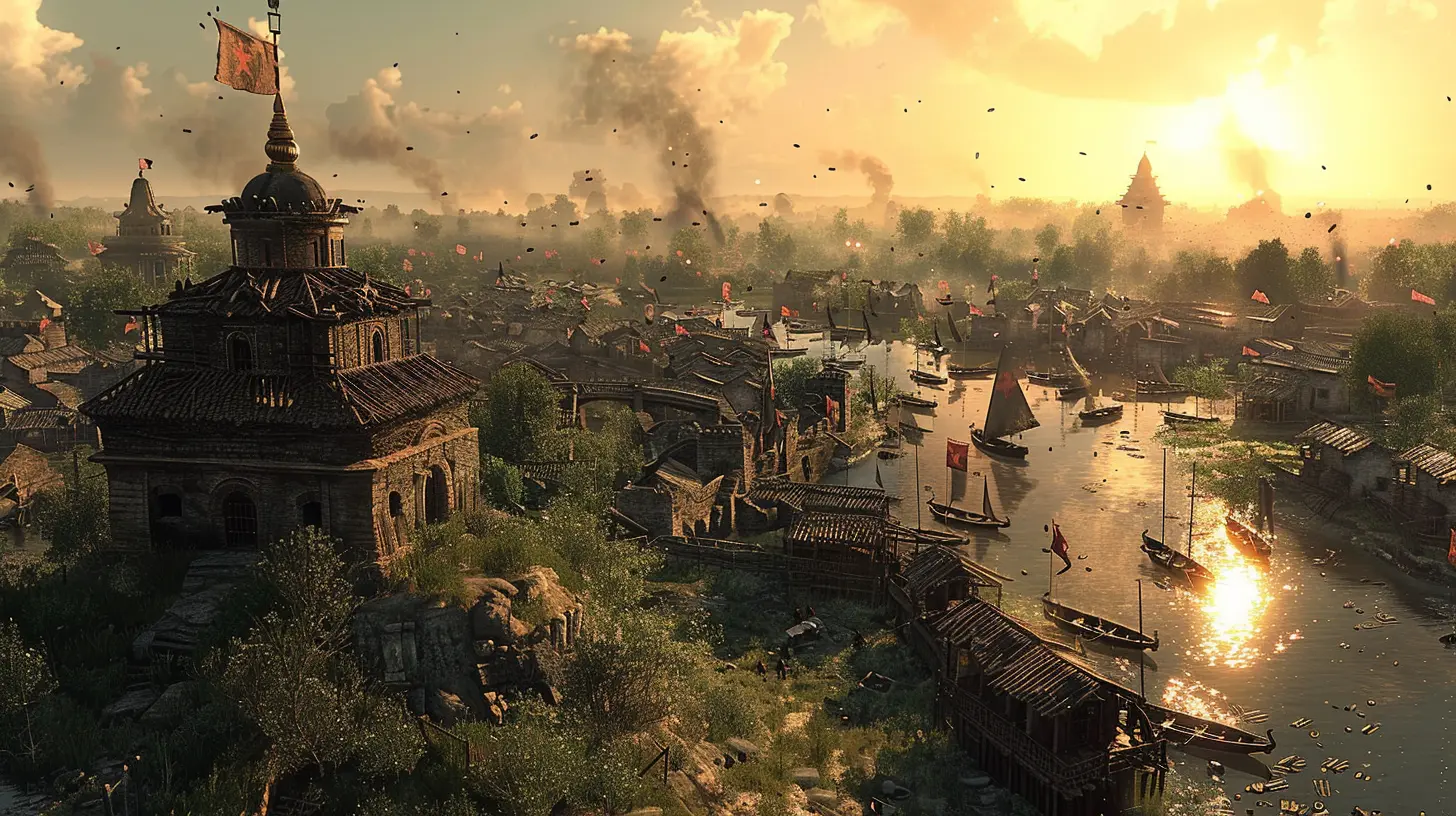
Formation and Positioning Strategy
Let’s talk about formations—because a scattered, disorganized army is practically asking to be annihilated. Positioning is everything in war games. The way you place your units can make or break a battle.1. The Importance of a Frontline
Your frontline units—typically your tanks or heavily armored infantry—are your first line of defense and offense. They’re the meat shield that absorbs the brunt of enemy fire while keeping your more vulnerable units safe.- Example: Place infantry in front to soak up damage while artillery stays protected in the back.
2. Flanking Maneuvers
Flanking is one of the oldest tricks in the military playbook, and for good reason. Attacking from the sides or behind catches your opponent off guard and disrupts their formations.- Send a fast unit (like cavalry or light tanks) around the enemy while engaging their center with your main force. It’s like pulling the tablecloth off a perfectly set table—their entire plan crumbles.
3. Reserve Units—Your Secret Weapon
Never commit all your forces to the frontlines at once. Keeping a few units in reserve can save you in sticky situations or provide a powerful counterattack when your opponent least expects it.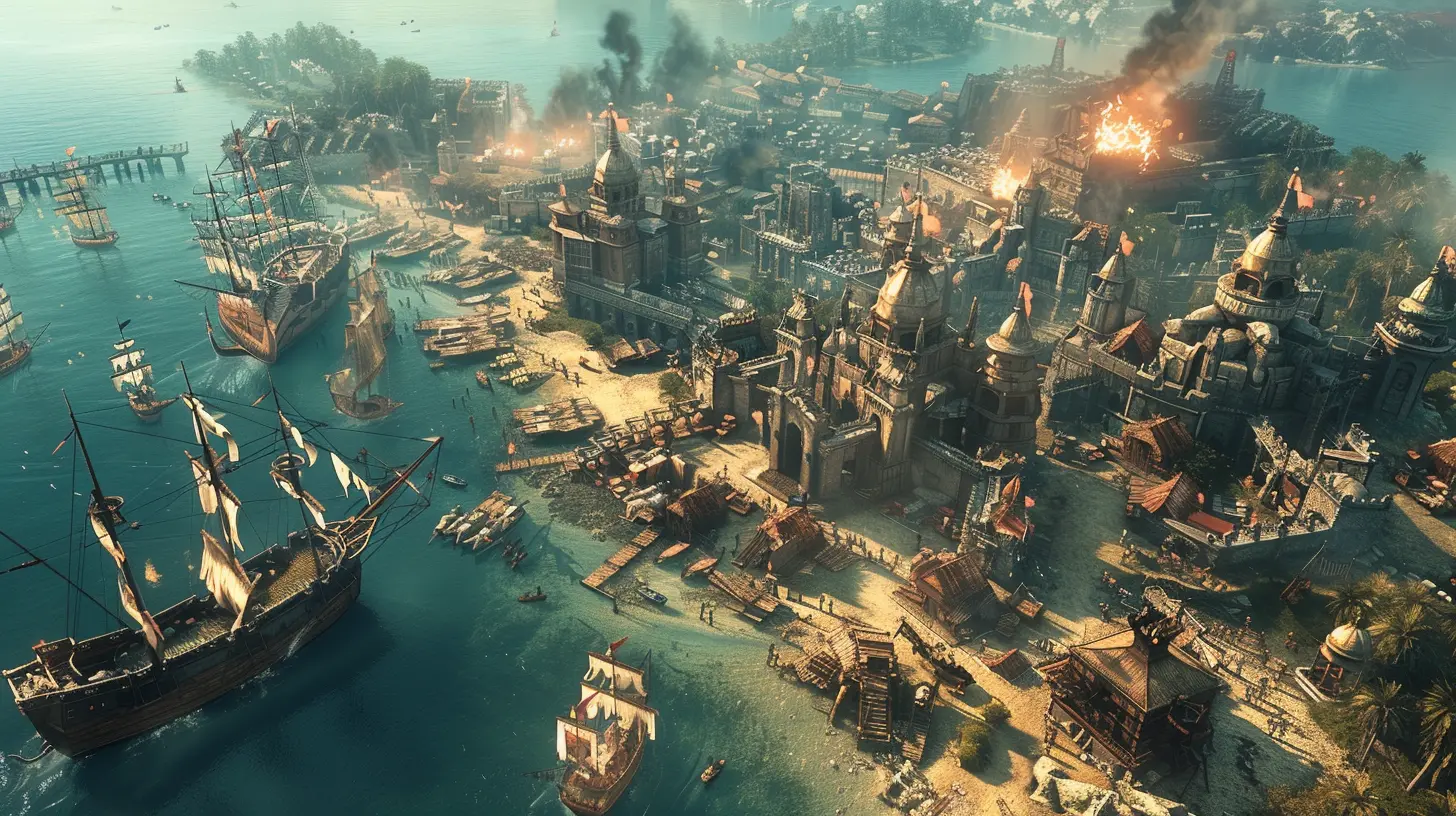
Mastering Resource Management
War isn’t just fought on the battlefield—it’s also fought in your base. Managing resources effectively is just as important as commanding troops. If you’re broke or running out of units mid-game, it’s game over.1. Economy First, War Second
Before you even think about building an army, prioritize your economy. Whether it’s gathering gold, mining rare minerals, or generating supply points, a strong economy fuels your war machine.- Focus on building structures or units that boost resource production early in the game.
2. Balance Production and Reinforcement
Here’s where things get tricky: you need to balance producing new units with reinforcing the ones on the field. Spam one type of unit, and you’ll suffer when your opponent counters it. Spread yourself too thin, and you won’t have enough firepower to win engagements.Reading Your Opponent Like a Book
Winning isn’t just about what you do—it’s also about predicting what your opponent will do.1. Scout Religiously
Information is power. Sending out scouts or reconnaissance units can reveal your enemy’s strategies, troop movements, and weak points.- Keep an eye out for choke points, exposed resources, or poorly defended bases. These are golden opportunities to strike.
2. Baiting Tactics
In war games, deception is a deadly weapon. Create a diversion—a small squad attacking one side of the map—to draw your opponent’s forces away from your real objective.- Think of it as a magician’s sleight of hand. While your enemy is looking at the shiny distraction, you’re winning where it matters.
Adapting to Chaos
No plan survives contact with the enemy, as the old saying goes. That’s why adaptability is your best friend on the battlefield.1. Don’t Be Afraid to Retreat
Sometimes, retreating isn’t a sign of weakness—it’s a strategic move. If you’re taking heavy losses in an engagement, fall back, regroup, and strike again when the odds are in your favor.2. Learn From Every Loss
Let’s be real: you’re not going to win every game. But every loss is an opportunity to learn. Did you overextend? Did you neglect your economy? Did you ignore your enemy’s flanking maneuvers?- Keep a mental checklist after each game. What worked? What didn’t? Improvement comes from reflection.
The Psychology of Warfare
Finally, there’s the mental game. Out-thinking your opponent is just as important as out-gunning them.1. Mind Games
Fake an attack on one flank, then strike hard on the other. Make your opponent think you’re scared, then ambush them with an overwhelming force. Sometimes, winning is about making your enemy doubt themselves.2. Confidence is Key
If you act like you have control of the battlefield, you’ll feel like you do—and often, your opponent will believe it too. Confidence can sway how both sides engage in combat.Final Thoughts
Commanding armies in war games isn’t just about tactics—it’s about thinking like a true strategist. It takes practice, patience, and a solid grasp of the fundamentals. But once you apply advanced techniques like unit synergy, proper formations, resource management, and psychological warfare, you’ll find yourself dominating the battlefield.And remember: no two battles are the same. Stay adaptable, stay curious, and most importantly, have fun! After all, it’s not just a war—it’s a game.
all images in this post were generated using AI tools
Category:
War GamesAuthor:

Pascal Jennings
Discussion
rate this article
1 comments
John Wilson
Fascinating insights! I'm eager to explore how these advanced techniques can transform my strategic gameplay and army management skills.
August 3, 2025 at 2:47 AM

Pascal Jennings
Thank you! I'm glad you found the insights intriguing—excited to see how you apply these techniques to enhance your gameplay!


